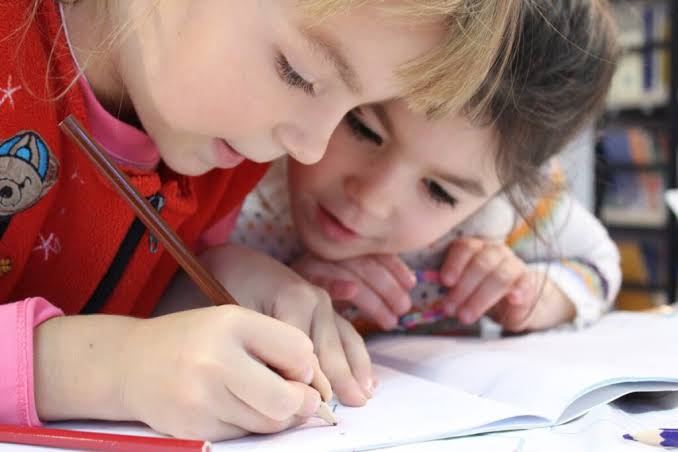Education plays a crucial role in the development and progress of a society. In the Netherlands, the history of education is marked by significant milestones and reforms that have shaped the current educational system. This article provides a historical overview of education in the Netherlands, highlighting key developments, reforms, and the evolution of various types of schools.
Around the year 1800, the Maatschappij tot Nut van ‘t Algemeen (“Society for the Common Good”) introduced a national system of education in the Netherlands. This initiative took advantage of the revolutionary tide in the Batavian Republic to propose educational reforms. The School Act of 1806 encouraged the establishment of primary schools in all municipalities, introduced a mandatory curriculum, and provided provincial supervision. The curriculum included subjects such as Dutch language, reading, writing, and arithmetic. History, geography, and modern languages were optional subjects. However, freedom of education was not proclaimed until the Constitutional Reform of 1848.
In the second half of the nineteenth century, the Netherlands underwent social and economic modernization. In 1857, the Lower Education Act replaced the 1806 act and expanded the mandatory curriculum. Geometry, geography, history, natural sciences, and singing were added to the curriculum. Modern languages, mathematics, agronomy, gymnastics, drawing, and needlework for girls became elective subjects. This act led to the emergence of more comprehensive lower education, known as mulo, which became a new type of secondary education. The Middle Education Act of 1863 further expanded secondary education options, introducing intermediary levels such as burgerschool, hogere burgerschool, and middelbare meisjesschool.
The 1857 and 1863 acts resulted in a stratified system of education in the Netherlands. Schools were grouped into three layers based on socioeconomic classes and educational philosophies. Lower education, including primary schools, mulo, and vocational schools, aimed to prepare children from working-class or lower middle-class backgrounds for specific vocations. Middle education, comprising mms, hbs, and polytechnics, aimed to provide children from middle-class backgrounds with general knowledge to occupy leading positions in commerce and technology. Higher education, consisting of gymnasium and university, focused on the classical and intellectual education of children from upper middle and upper-class backgrounds. Over time, the distinction between middle and higher education based on the type of education rather than the students’ age would gradually alter.
The introduction of the Kinderwetje in 1874 prohibited child labor under the age of 12, setting the stage for compulsory education. An amendment in 1900 made education compulsory for children aged 6 to 12, implemented in 1901. This, combined with the increasing complexity of the economy, led to a significant increase in children attending secondary education, particularly from the 1920s onward.
By the 1960s, the Netherlands had a range of school types catering to different educational paths. This included kindergartens, primary education, vocational schools, hbs, mms, gymnasium, lyceum, and middelbare and hogere technische schools. In 1963, the Mammoetwet, initiated by legislator Jo Cals, streamlined the different forms of secondary education and expanded compulsory education to nine years. Subsequent reforms in the late 1990s aimed at enhancing information management skills, increasing student autonomy and personal responsibility, and promoting integration between subjects. This led to the fusion of lts/vbo and mavo into vmbo, and the restructuring of havo and vwo with the introduction of basisvorming and the tweede fase.
The influx and emancipation of workers from Islamic countries led to the introduction of Islamic schools in the Netherlands. By 2003, 35 Islamic schools were in operation. Additionally, in 2004, municipalities were obligated to establish regional care structures to support students dealing with health and social problems. Each school was required to have a care team comprising a physician/nurse, a school social worker, and a school care coordinator. These initiatives aimed to provide inclusive education and address the diverse needs of students.
The history of education in the Netherlands highlights the evolution of a national system, the stratification of education based on socioeconomic classes, and the implementation of compulsory education. Reforms and changes over time have sought to provide students with the necessary skills and knowledge for personal growth and societal contribution. The current educational system in the Netherlands continues to adapt to meet the needs and challenges of a changing world, aiming to provide inclusive and quality education to all students.



 For all latest articles, follow on Google News
For all latest articles, follow on Google News